Cleaning is considered one of the most common daunting tasks in everyday routine. However, cleaning a water softener offers some exceptional benefits, especially if the cleaning job is done on time. We all know the significance of having a reliable water softener in the home as it provides us with clean and healthy water. Similarly, cleaning a water softener system is also very important as they require proper care and routine maintenance that involves cleaning to provide us with clean and soft water without any interruptions.
This article will highlight some easy procedures to clean a water softener unit with a step-by-step guide for your convenience. Remember; to make sure to carefully follow this brief guide to avoid any problems in the future.
Table of Contents
How To Clean A Water Softener Resin Tank
The cleaning process of a softer resin tank is quite challenging because this part of the water softener is responsible for its operational capabilities. Several scale-causing compounds found in hard water usually cause the water softener resin beads to get clogged. To avoid this problem, the timely cleaning of the water softener resin tank is necessary. Remember; to make sure that you are cleaning the resin tank of your water softener, especially when the salt levels are running low.
- First of all, unplug the water softener and make sure that it’s successfully turned off.
- Now, remove the resin tank carefully or follow the user manual of the manufacturer.
- Use simple bleach up to 50-100 PPM to avoid the damage of resin bead.
- You can also use the iron removing cleaner instead of bleach.
- Now, carefully install the resin tank back to the water softener and refill the salt levels before plugging it back.
How to Clean a Water Softener Tank
Cleaning the water softener tank means that you can no longer use the water during the manual regeneration process as there will be bleach present inside the tank. Remember, 50-100PPM of bleach will be enough to clean the tank and kill the bacteria.
1. Water Softener Resin Cleaner
Choosing the right cleaner means that you should specifically target those compounds causing scale build-up in the water softener. Suppose your water contains more calcium or other scale-causing minerals; you have to choose the cleaning accordingly.
2. Adding the Solution
Adding the right amount of solution into the water softener tank is crucial. Too little or too much of the solution will either leave the bacteria in the tank or damage the resin beads responsible for cleaning the water. The ideal quantity of pouring cleaner is around 50 to 100 PPM.
3. Flushing
Flushing is one of the essential cleaning steps while cleaning a water softener tank. You must locate the control valve after pouring the cleaning solution and switch the unit to regeneration mode, and it will effectively flush out all the dirt and minerals from the tank.
4. Turning it on
Now, please turn on the water softener and switch it back to the normal mode. Return the control valve to its previous position and start adding the tap water in the tank to clean the remains of the cleaning solution out of the tank before using it for drinking or washing.
How to Clean a Water Softener Filter
Cleaning a water softener filter is not always necessary because some filters are replaceable, such as disposable ones, while others can be reused. If you are using a reusable filter for your air purifier, then you may need to clean them regularly due to excessive dust in your area. However, we recommend you use disposable filters instead of reusable filters because it’s almost impossible to clean the filters with maximum accuracy. For best results, use disposable filters and replace them whenever necessary. You can also check the manufacturer’s guide for filter cleaning.
Cleaning Water Softener Resin Bed
The proper and routine cleaning of water softener resin is critical because if the resin bed is clogged, the water softener won’t work correctly. You must use resin bed cleaner specifically to clean the scale-causing minerals out of the resin beds for best results. Moreover, you can also try a specific cleaner for some particular minerals depending upon your needs.
Cleaning the Water Softener Brine Tank
Before cleaning the water softener brine tank, don’t forget to carefully read the manufacturer instructions for “Bypass Mode” so that the water softener can continue working. In contrast, the cleaning process is being done.
- First of all, carefully disconnect all the lines or pipes reaching the brine tank.
- Dump the water present inside the brine tank to any particular place. Never dump it on plants as they contain excessive quantities of sodium.
- Loosen the salt bridge in the brine tank by using warm water.
- Create a soapy liquid by pouring two tablespoons of dish soap and then adding it to the brine tank.
- Scrub the brine tank and add a quarter cup of household bleach into the water.
- Wait for a few minutes until the bleach settles down in the brine tank.
- Scrub the brine tank again carefully to clean it.
- Now, dump and rinse the bleach from the brine tank in the final step.
- You’re almost done. Just put 5 gallons of clean water in the brine tank and start using the water softener.
Frequently Asked Questions (FAQs)
1. Can I put bleach in my water softener?
Yes, you can use a small quantity of bleach in your water softener. Keep in mind that water has been running for a little while before adding the bleach. The maximum concentration of bleach that you can use in the combination is 100 PPM, which means one teaspoon for each gallon of water.
2. Can I put vinegar in my water softener?
Using vinegar in a specific quantity is not bad for your softening unit. However, vinegar can damage the beads of resin in the water softener if you use too much of it (more than a tablespoon per gallon). By using less than a tablespoon of vinegar per gallon of water, no resin beads will be damaged during a cleaning regeneration cycle. The advantage of using vinegar rather than bleach is that vinegar is safe for humans to consume, so there’s no need to repeat the process with bleach.
3. How often should you clean your water softener?
Water softeners do need maintenance, and they generally last for years if they are well taken care of. Most water softeners come with a manufacturer’s recommendation on cleaning the unit, which ranges from every three months to yearly. Details as to how often units are cleaned vary depending on your water softener brand and model.
Check Out: Top Water Softener Brands in 2022
Conclusion
Cleaning a water softener is a hectic job that may require a lot of time and effort. However, you can save a lot of money in labor costs by cleaning the water softener yourself. Remember, cleaning the water softener regularly will extend its lifespan and help you to save hundreds of dollars on maintenance costs.

Steve Smith is a United State Licensed Plumber with over 18 years of plumbing experience. Steve has conducted residential and commercial plumbing jobs throughout the state and currently works for one of California’s largest plumbing companies. When he’s not working, Steve enjoys spending time with his daughter and son.
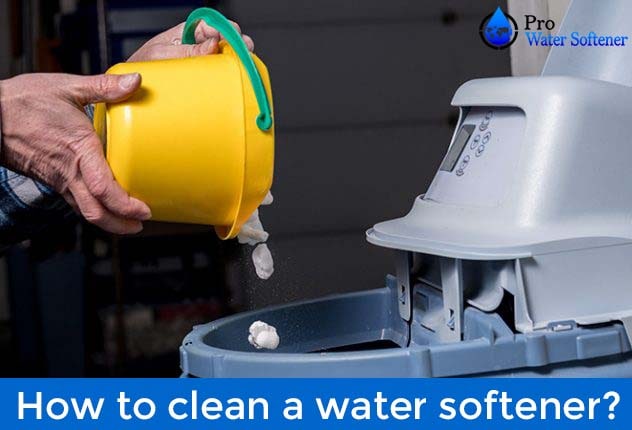
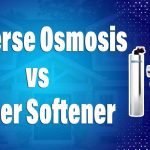
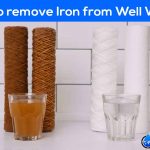
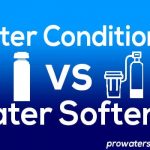
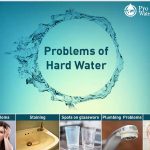




Leave a Reply